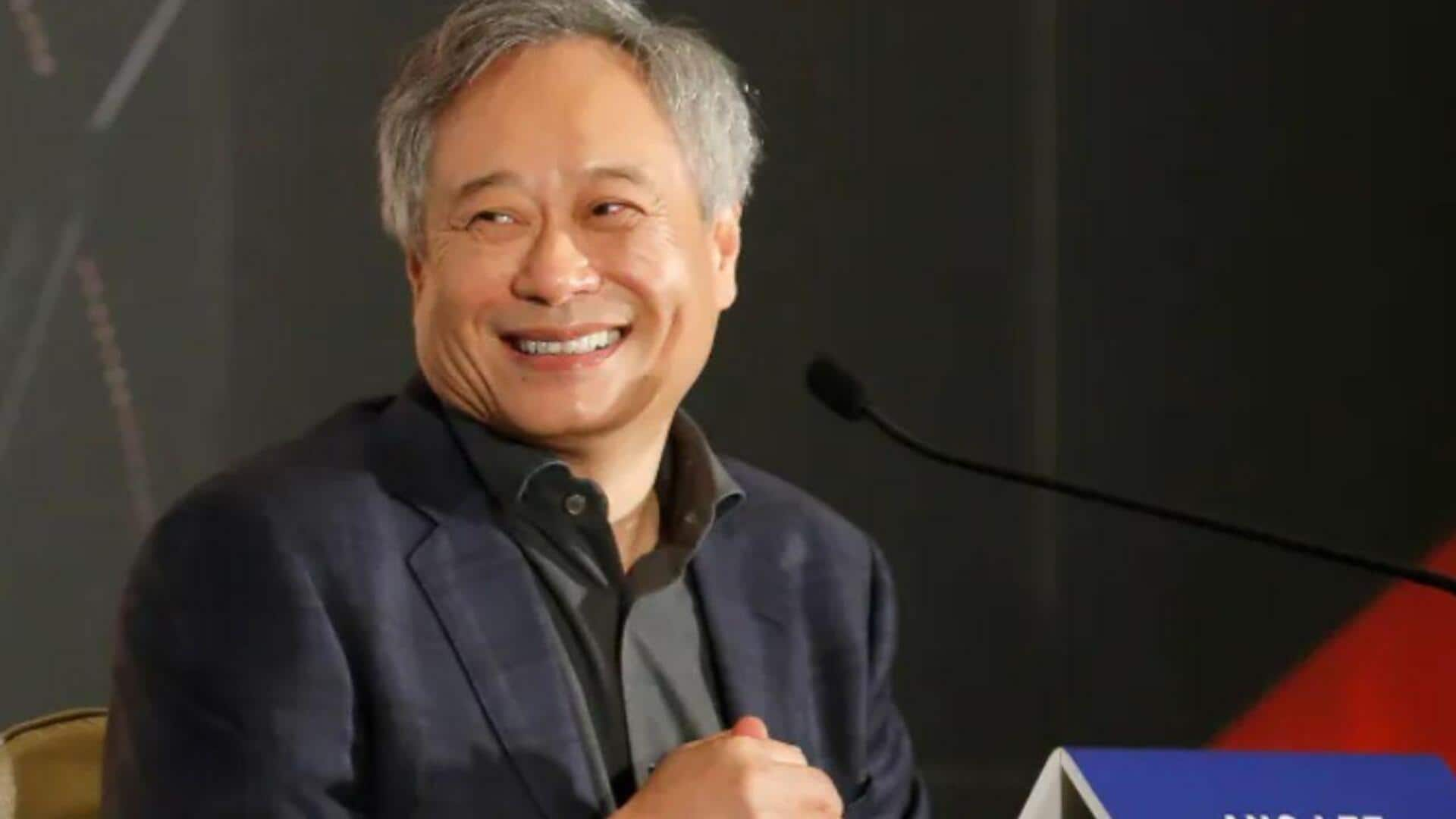
How Ang Lee made martial arts movies a global phenomenon
What's the story
Renowned filmmaker Ang Lee has cracked the code of merging martial arts with Hollywood storytelling and coming out with films that awe audiences the world over. Lee's unique way involves mixing traditional martial arts elements with Western narrative techniques. This combination not only makes the visuals of his films appealing but also adds to the depth of storytelling. Let's see how he does it, and why it works so well with global audiences.
#1
'Crouching Tiger, Hidden Dragon' as a benchmark
Crouching Tiger, Hidden Dragon is frequently referred to as the best example of Lee's ability to marry martial arts with Hollywood storytelling. The movie marries intricate fight choreography with an engaging narrative exploring themes of love and honor. The wire-fu techniques add an ethereal quality to the action, while the story remains grounded in human emotions and relationships. That's what makes it so successful.
#2
Emphasis on character development
In Lee's films, character development is key to merging martial arts with storytelling. Instead of just concentrating on action sequences, he explores the motivations and backgrounds of his characters. Doing so helps audiences get emotionally attached to the characters, making the martial arts scenes all the more impactful. By emphasizing character arcs alongside action elements, Lee makes sure his films hit on all levels.
#3
Visual storytelling techniques
Lee employs visual storytelling techniques to enhance the fusion of martial arts and Hollywood narratives. His use of cinematography captures both the beauty and intensity of martial arts movements while maintaining clarity in complex scenes. The careful framing and pacing contribute to an immersive experience for viewers. These visual elements complement the storylines by highlighting key moments without overshadowing them.
Tip 1
Cultural sensitivity in storytelling
A major part of Lee's success is his cultural sensibility while mixing the East and West in his films. He honors traditional martial arts practices but adapts them for the global audience with relatable narratives. This sensibility makes it authentic without alienating audiences who may not be familiar with a certain cultural context. By bridging cultural gaps with conscious storytelling choices, Lee makes universally appealing films that transcend geographical boundaries.